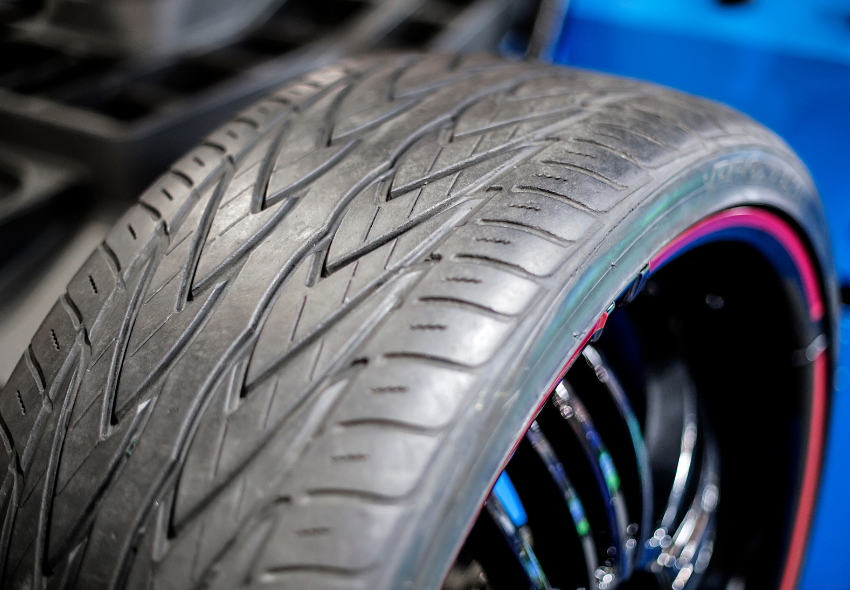As a parent, you definitely want what’s best for your child. You want your little one to succeed and thrive in life. As your kid gets older and more aware of their surroundings, you might wonder what the next steps are in their development. After all, every child is different, but there are some common milestones that most kids achieve at specific ages. Most kids will have numerous developmental milestones by their first birthday such as lifting their head up while lying on their back or pulling themselves up to a standing position with something for assistance. The good news is that this article covers everything parents need to know about raising a toddler. With that said, we want to share ten baby steps you’ll go through from infant to toddler so that you’re prepared for everything your little one throws at you!
0-3 Months: Tummy Time is Key
The first step of a baby’s development is in the womb. After all, the first thing that babies experience after being born is the sensation of lying on their back and looking up at the world. This is just one of many important developmental milestones that occurs during this time period. There are other important milestones as well such as recognizing your face, smiling, vocalizing and more. One important milestone to keep an eye on during this time period is tummy time. Tummy time helps babies develop neck muscles and learn how to control their head so they can eventually crawl or walk around. Tummy time also helps develop a baby’s sensory skills by exposing them to different sensations like textures, sounds and smells. If you didn’t know already, it’s important for babies to practice tummy time during these early months because it will help them later on in life!
3-6 Months: Watch for Cooing and Babbling Behaviors
Between 3 and 6 months, you might hear them cooing and babbling. They’ll use their voice to explore the sounds they are making and this is a great time for them to experiment with communicating. Parents can play a key role in this process by responding to their coos, laughs, and babblings. The more you respond, the faster your baby will learn to communicate with you. Try nodding or shaking your head no in response to their gestures and sounds. Smile often, and laugh with your baby. All of these things will make you feel more connected to each other and help their growth.
6-9 Months: Your Baby Becomes a Sitting Pro
The biggest first step in your child’s physical development is when they will become a sitting pro. Babies typically begin to sit independently by 6-9 months of age. This means that they will be able to sit up without help and play with toys on the floor. You may find that some babies can sit up even earlier, but this is the average time frame. Remember that a baby sitting up is an active baby! After they master sitting up, you might notice them tugging at their clothing or reaching for things around them. They might want to explore their environment more than before and do so with more confidence. Your baby will also be trying new foods, so don’t be surprised if they get into everything! Keep an eye on them but enjoy watching them explore their new world from a different viewpoint.
9-12 Months: Solid Foods are Coming!
Between nine and twelve months, you will notice a big change in your baby’s explorations: they have joined the world of solid foods! They have a newfound independence and this will be a time where you’ll notice your little one wants to do more things on their own - like eat solid foods. At this stage, your baby should be able to sit up without any assistance, but they may not have the strength to sit for very long. They might also start trying to use their hands for activities like playing with toys, grabbing food, and exploring their surroundings. It’s important that you introduce them to a variety of healthy dishes at this point! You want to start those healthy habits early. Incorporate fruits and vegetables into their diet as early and often as possible. Believe it or not, the solid foods you choose will shape your child’s preferences for the rest of their life. It will be much more difficult to introduce them to vegetables as a toddler than it is in their earlier developmental years.
12-18 Months: You’ll See More Smiles and Tears
At 12-18 months of age, children will have learned to use a few words. They’ll also be able to point and smile at people they’re familiar with. Keep in mind that by 18 months, children typically have mastered walking up stairs. With these big steps come accidents. There will be trips and falls and little scrapes or bruises. Your baby will cry as they move around more, but they will also start to smile and giggle much more often. Enjoy this time and try to remember that there is always balance between the good and the bad.
18-24 Months: Running, Jumping and Climbing!
After mastering the stairs, your baby will quickly move on to bigger obstacles. They may want to take on play areas or attempt to run around the park with you. Be careful to watch over them without being a helicopter parent. Allow them to fall and make mistakes, but always be close by to lend a helping hand or provide a get well kiss on a hurt knee or elbow. Try running alongside them or participating in these activities with them. You may even get a bit of a workout in!
24-36 Months: Your Big Kid is Now a Toddler!
24-36 months is a big age range! One day, your little one will be an infant and the next they can be toddling around on their own. But don’t let this scare you. The toddler years are wonderful in their own way. Although your baby might not be the sleeping angel they once were, this growth is a part of life. Every step of your child’s development will be beautiful and exciting for the both of you! Remember to take some time for yourself through the process as you and your baby grow together.












Leave a Reply